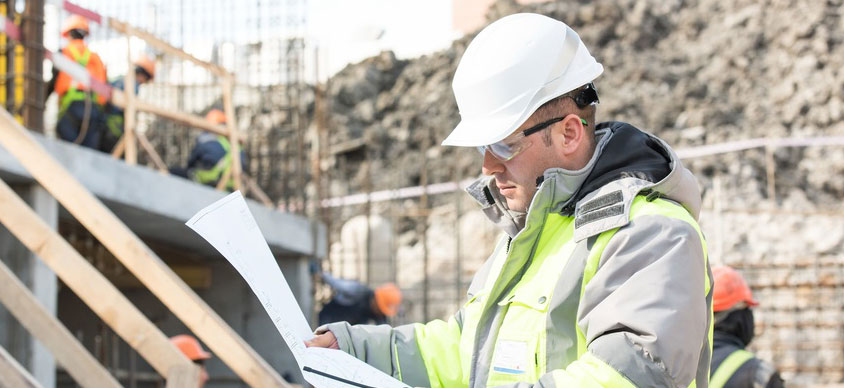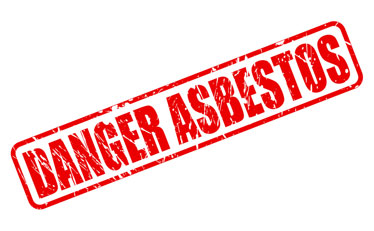hidden
We have over 20 years' of experience.

We have over 20 years' of experience.

Then please contact us, we would love to hear from and give any advice that you may need. The information you supply us will be kept in the strictest confidence and will not be passed on to any third parties.
Read More
Amosite, also known as "brown asbestos," is one of the six recognised types of asbestos minerals, each characterised by their unique properties and associated health risks. Among these asbestos varieties, amosite stands out due to its brown colour and its reputation as a highly dangerous and carcinogenic substance. Understanding its properties and potential health hazards is essential for ensuring safety in environments where asbestos exposure is a concern.
The term "amosite" is derived from the location where it was first discovered: Asbestos Mines of South Africa. Its scientific name, grunerite, pays tribute to the Austrian mineralogist Emmanuel Gruner. Amosite is known for its brown colour, which stems from the presence of iron and magnesium within its crystalline structure. Like other types of asbestos, amosite is composed of fine, fibrous particles that can be easily inhaled if released into the air.
Amosite asbestos was frequently mined in South Africa and used in a range of industrial applications due to its heat resistance, strength, and insulation properties. It found its way into building materials, insulation products, and various industrial products. However, its widespread use came at a significant cost to human health.
The health risks associated with amosite asbestos exposure are severe and often fatal. Inhalation of its microscopic fibres can lead to serious respiratory diseases, including asbestosis, lung cancer, and malignant mesothelioma—a particularly aggressive form of cancer that affects the lining of the lungs, abdomen, or heart. The needle-like fibres of amosite can penetrate deep into lung tissues, causing chronic inflammation, scarring, and eventually leading to the development of these debilitating conditions.
Due to the undeniable risks posed by amosite asbestos, its use has been widely banned and heavily regulated in many countries. Stricter regulations have been put in place to prevent its mining, processing, and incorporation into products. Nonetheless, the legacy of amosite's past use continues to affect communities where exposure occurred, often with dire consequences for those who were unknowingly exposed years ago.
The presence of asbestos-containing materials (ACMs) containing amosite remains a concern, especially in older buildings and industrial settings. When these materials deteriorate or are disturbed during renovation or demolition, they can release amosite fibres into the air, endangering the health of occupants and workers. Proper identification and management of ACMs are vital to prevent exposure and maintain safety standards.
In conclusion, amosite asbestos stands as a potent reminder of the potential dangers associated with asbestos exposure. Its distinctive brown colour and its role in causing severe health conditions underscore the urgency of stringent regulations and heightened awareness campaigns. The lasting impact of amosite's use highlights the importance of proactive measures to address existing asbestos-containing materials and prevent future exposure. As we grapple with the repercussions of past asbestos use, it is imperative to remain vigilant and prioritise the well-being of individuals and communities.
Get in touch with us today for a free no obligation consultation. Call now on 0330 097 3369.
If you believe or suspect that there maybe some asbestos in the building, then you need to ask the following questions:
